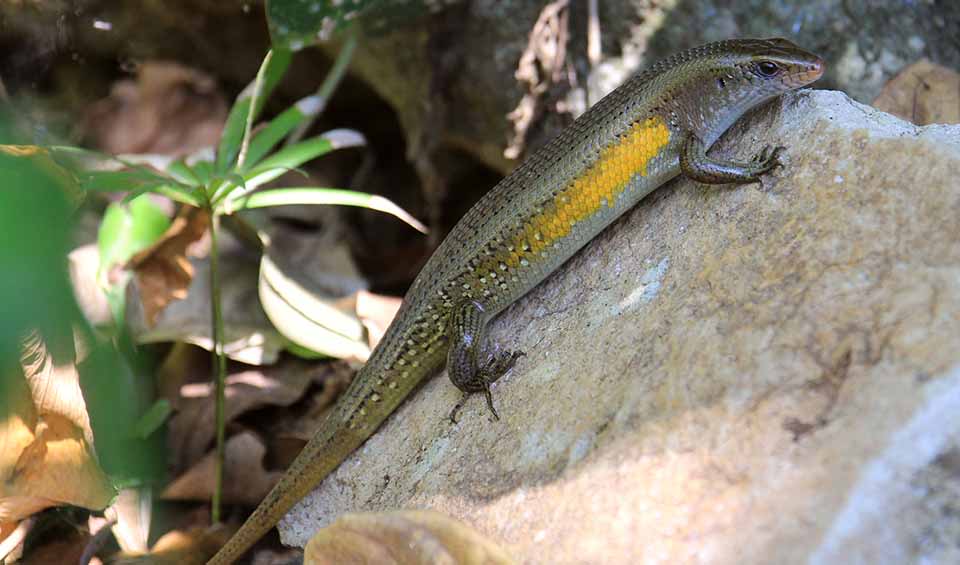Eutropis – Sun skinks
One of nature’s most efficient and enduring reptilian survivors
The genus Eutropis is a diverse and widespread group of skinks—smooth-scaled, fast-moving lizards found throughout South and Southeast Asia, including India, Sri Lanka, Indonesia, and the Philippines. Commonly referred to as sun skinks or grass skinks, these reptiles are part of the family Scincidae, and they are among the most frequently encountered lizards in their range. Known for their shiny, metallic-looking scales, streamlined bodies, and lightning-fast reflexes, Eutropis skinks are masters of survival in warm, open habitats like grasslands, forests, scrublands, and even urban areas.
One of the most familiar species is the common sun skink (Eutropis multifasciata), often seen basking on rocks, walls, or sunny patches of ground. It has a sleek body, short limbs, and a long tail, with bronze or olive coloration and dark bands or speckles along the sides—perfect for blending into dry leaves or soil. These lizards are diurnal (active during the day), and their favorite activity is basking in the sun to warm up, earning them their “sun skink” nickname.
What makes Eutropis lizards particularly fascinating is their adaptability and resilience. Many species thrive not just in wild environments but also in farmlands, parks, and even inside homes or gardens. They’re opportunistic feeders, eating a wide range of small insects, spiders, worms, and other invertebrates. Some will also consume plant matter, fruit, or carrion when available. Their broad diet, alertness, and speed help them survive even in human-altered landscapes.
A notable physical feature of Eutropis skinks is their shiny, overlapping scales, which give them a polished appearance and help reduce water loss—a key advantage in hot climates. They also have strong limbs and claws for digging or climbing over rough surfaces. When threatened, they rely on their speed to dash for cover, but like many other skinks, they can also perform tail autotomy—detaching part of their tail to distract predators and escape.
Species in this genus
Common mabuya
You might’ve already seen one in your backyard


